+86 311 8533 5186
Utility knives are versatile tools that can be used for a wide range of applications. They are commonly used for cutting materials such as cardboard, carpet, drywall, and rope. However, utility knives come with different types of blades, and it's important to know which blade to use for a particular job to ensure the best results.
In this article, we'll explore the different types of blades for utility knives and when to use them.
The straight blade is the most common type of blade for utility knives. It has a simple design, with a straight edge that runs the length of the blade. Straight blades are ideal for cutting materials that require a long, continuous cutting action, such as carpet, drywall, and cardboard. They can also be used for slicing through food items like meats and vegetables.
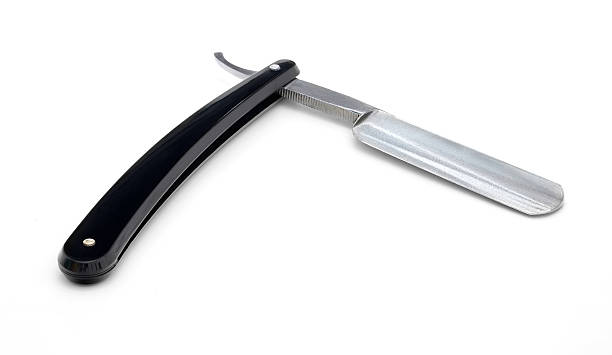
Serrated blades have a jagged edge that can cut through tough materials with ease. They are ideal for cutting through materials that have a hard exterior and soft interior, such as bread or tomatoes. Serrated blades are also useful for cutting through materials that are prone to slipping, as the serrations provide a more secure grip on the material.
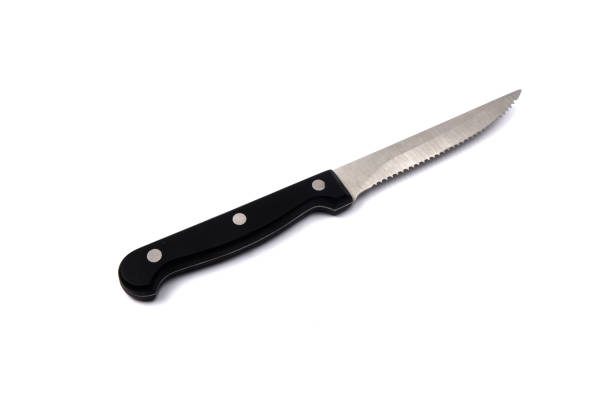
Snap-off blades are a type of blade that is designed to be easily replaceable. These blades consist of several segments that can be snapped off to reveal a fresh, sharp edge. This type of blade is often used in situations where a sharp blade is essential, such as in construction and DIY projects.
If you're in need of a reliable and high-quality snap-off blade utility knife, the Probuilt Utility Knife is an excellent choice. Its durable construction, comfortable handle, and convenient blade storage make it an ideal tool for a wide range of projects, from construction to crafting.
Hook blades have a curved shape with a hooked tip that allows them to cut through materials that are difficult to reach, such as roofing materials. They are also useful for cutting through materials that require a pulling motion, such as linoleum or carpet.
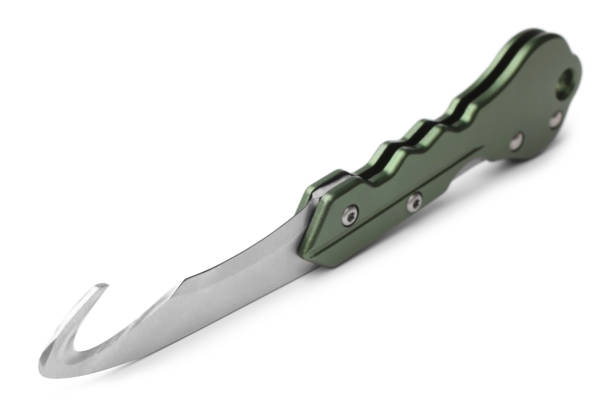
Scoring blades have a very fine, sharp edge that is designed to make shallow cuts in materials like wallpaper or plastic sheeting. By making a shallow cut, the material can be easily folded or bent along the scored line. Scoring blades are also useful for making precise cuts in materials that are prone to cracking or breaking.
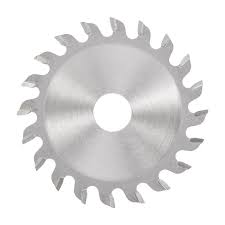
Curved blades have a slightly curved edge that makes them ideal for cutting through materials that require a rocking motion, such as meats and vegetables. The curved shape of the blade allows the user to maintain a smooth cutting motion without lifting the blade from the material.
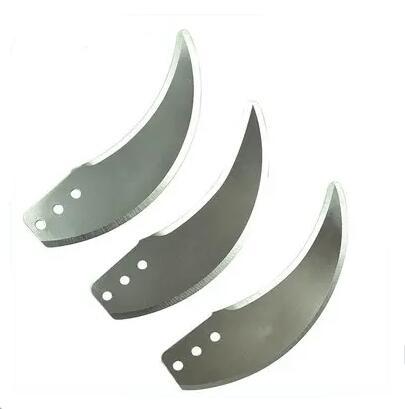
Some utility knives have combination blades that feature both a straight and a serrated edge. These blades are ideal for cutting through a variety of materials, as the straight edge can be used for long, continuous cuts while the serrated edge can be used for tougher, more difficult cuts.
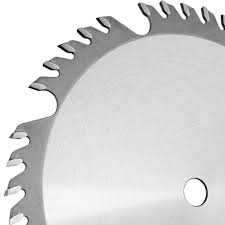
The type of blade you choose for your utility knife will depend on the task at hand. Whether you are cutting through tough materials like carpet or slicing through delicate foods like tomatoes, there is a blade out there that is designed to make the job easier and more efficient. By understanding the different types of blades and when to use them, you can make the most out of your utility knife and tackle any cutting task with confidence.

Copyright © Sinotools Industrial All Rights Reserved.. Technical Support: